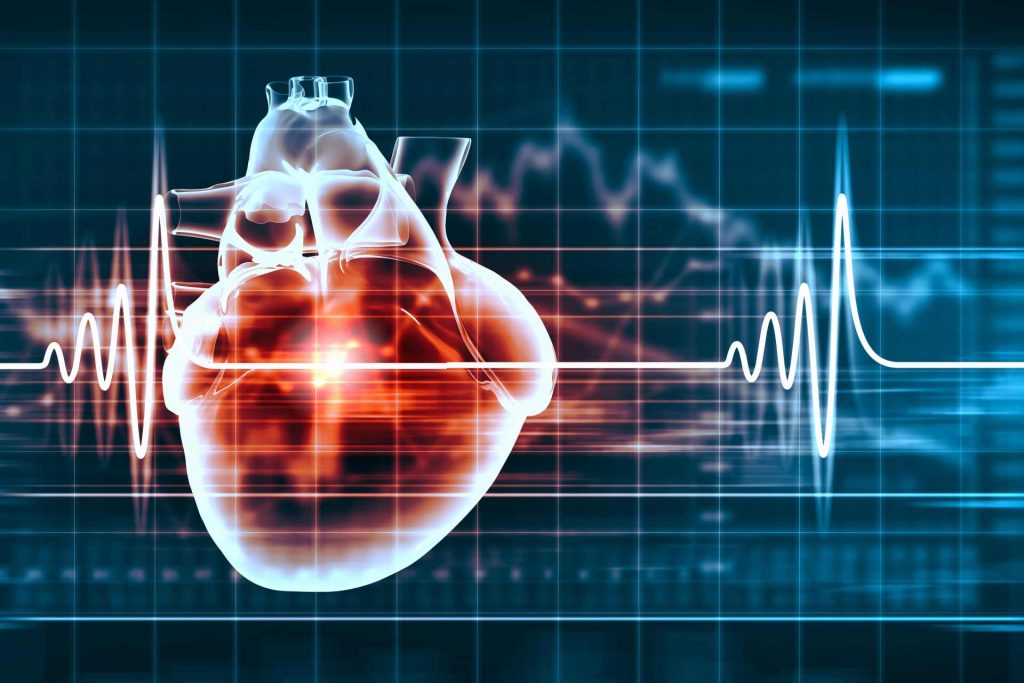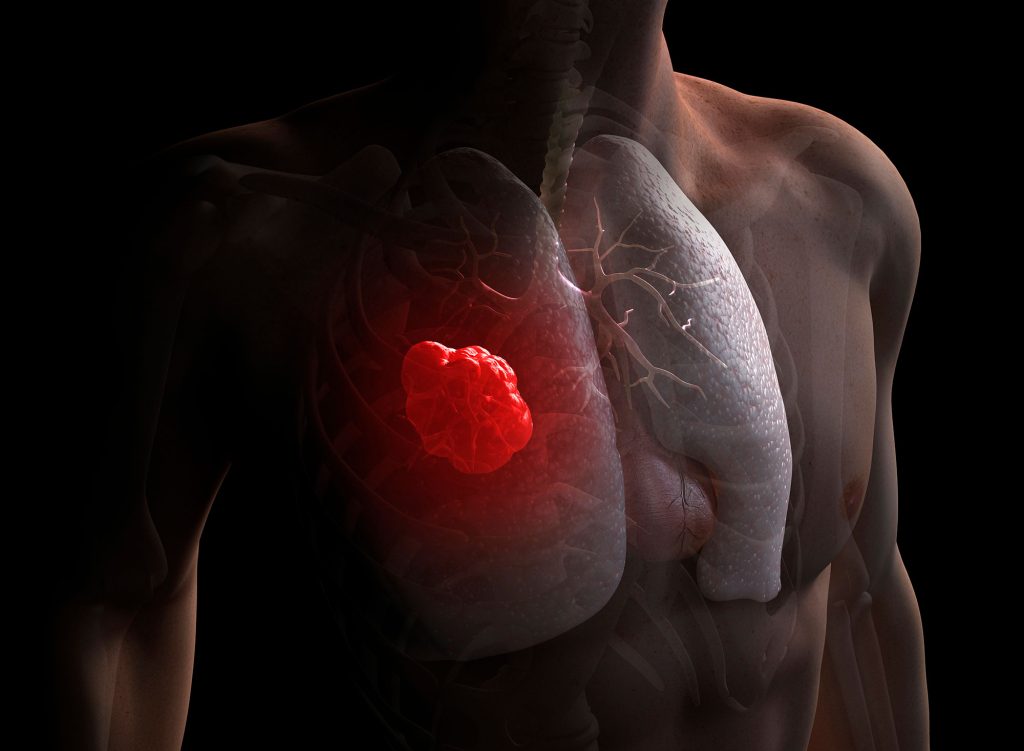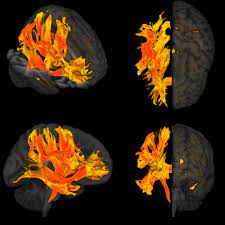Secrets your heart rate tells about your health.
Your heart attack risk and aerobic capacity can be determined by your pulse, both at rest and during exercise.
Your grandma might have called your heart “your ticker,” but that moniker has turned out to be inaccurate. A healthy heart doesn’t beat like a clock every time. As your activities change throughout the day, it speeds up and slows down to match your fluctuating requirement for oxygen. Everybody’s idea of what constitutes a “normal” heart rate is different. Yet, an elevated risk of heart attack and death may be indicated by an unusually high resting heart rate or low maximum heart rate.

Checking one’s resting heart rate is a straightforward action that every one may take. It’s quite simple to execute, and knowing the details now can be useful later. It’s wise to check your pulse from time to time to obtain a sense of what is typical for you. Also, to spot any unusual changes in rate or regularity that may require medical care.
Resting heart rate
Your heart pumps the least quantity of blood when you’re at rest to provide your body the oxygen it needs. Resting heart rates for the majority of healthy adult men and women range from 60 to 100 beats per minute. The Women’s Health Initiative (WHI) published research in 2010 that suggested a resting heart rate at the low end of that range would provide some protection against heart attacks.
Researchers were conducted from the World Heart Institute (WHI) studied data on 129,135 postmenopausal women. They discovered that those with the greatest resting heart rates—more than 76 beats per minute—were 26% more likely to suffer a heart attack or pass away as a result of one than those with the lowest resting heart rates—62 beats per minute or less.
The resting heart rate is regarded as a critical indication by medical professionals because it offers a brief glimpse of how well the heart muscle is working. The resting heart rate can be used to identify potential cardiac issues, according to experts in preventative cardiology. Also, it may show improvements in heart health over time.
You may want to discuss how your heart rate and other personal characteristics affect your risk for cardiovascular disease with your doctor if your resting heart rate is consistently over 80 beats per minute.
Maximum heart rate
Your maximal heart rate is the rate at which your heart beats when it is working the hardest to supply your body with the oxygen it requires. Your aerobic capacity—the amount of oxygen you can take in—is greatly influenced by your maximum heart rate.
According to several sizable observational studies, having a high aerobic capacity reduces your chance of dying from a heart attack and other causes of mortality. Also, small controlled research found that increasing aerobic capacity helped men and women with mild cognitive impairment perform better on memory and reasoning tests.
TACHYCARDIA
Tachycardia is the term for a heart rate of more than 100 beats per minute. It’s important to remember that a rapid heart rate isn’t always unnatural. Your heart rate can be raised by a variety of factors. This includes physical activity, stress, smoking, coffee use, excessive alcohol consumption, and some drugs. A healthcare provider should, however, examine a heart rate that is frequently elevated without any apparent cause. Hyperthyroidism (overactive thyroid), electrolyte imbalances, and high or low blood pressure are all conditions that can cause fast heart rates.
BRADYCARDIA
Bradycardia is a condition in which the heart beats less than 60 times per minute. It can be brought on by drugs, or certain medical diseases, such as hypothyroidism (underactive thyroid), obstructive sleep apnea, and damage or inflammation of the heart muscle. It can also be brought on by chemical imbalances in the blood.
Higher or Lower resting heart rate
According to studies, men in their 50s who have a resting heart rate of 75 beats per minute have a higher risk of developing cardiovascular disease and dying young.
According to the Women’s Health Initiative Research, women are more protected against heart attacks when their resting heart rates are at the lower end of the normal range. Researchers discovered that women with RHRs over 76 heartbeats per minute had a 26% higher risk of having a heart attack than those with RHRs under 62 beats per minute.
Lower heart rates (HR around 60 beats per minute) can signify physical fitness. In other words, if your RHR is under 60, you are probably physically fitter and have better heart health than those whose RHRs are greater. If you don’t engage in regular exercise and have a resting heart rate below 50 beats per minute, it may be a sign of a health issue, such as an issue with the electrical pathways in your heart, such as heart block. You ought to have a qualified medical examination if this is the case.
A high RHR exceeding 100 beats per minute may be caused by stress, excessive coffee use, an infection, a disease, a problem such as heart arrhythmia, or any of several other factors. You should see a doctor if your resting heart rate is continuously above 80 beats per minute and cannot be accounted for by obvious causes, particularly if you are having symptoms like palpitations.
How to lower resting heart rate?
Your gender and genetics, among other uncontrollable variables, can have an impact on your resting heart rate. Your RHR is impacted by several manageable things, though. To reduce your RHR, consider the following health advice:
- Make sure you work out frequently. Your resting heart rate may decrease by 10–12 beats as a result of this. Your RHR can drop by up to one beat/minute for each week that you engage in physical exercise. Typical RHRs for elite endurance athletes are in the upper 30s or lower 40s.
- Natural relaxation methods like yoga and meditation might help you feel less stressed and anxious.
- Reduce your consumption of caffeinated drinks including soda, tea, and coffee.
- Give up smoking. Nicotine raises your heart rate and is associated with a higher risk of heart disease.
- Don’t drink excessively. Drinking more than four times daily can strain your heart and make it beat more quickly.
- With a medical expert, go over your prescriptions. Ask your doctor about any potential effects on your heart rate before beginning a new medicine.
You may experience an increase in RHR if you use certain prescription and over-the-counter medications, including some cold remedies, weight loss medications, and stimulants. Moreover, certain drugs, such as beta-blockers, can cause RHR as a side effect.
Final Comments
The amount of times your heart beats while you’re at rest is known as your resting heart rate (RHR). A lower RHR is typically a sign of greater heart health. A higher chance of getting heart disease and/or having a heart attack is linked to having a high resting heart rate.
The greatest way to lower your resting heart rate is through frequent, strenuous activity. Individuals who regularly engage in physical activity typically have lower resting heart rates than those who lead sedentary lifestyles. If your resting heart rate is unusually low or high, speak with a medical professional.
REFERENCES:
- https://www.webmd.com/heart/ss/slideshow-heart-rate
- https://www.health.harvard.edu/heart-health/what-your-heart-rate-is-telling-you
- https://www.buzzrx.com/blog/what-your-resting-heart-rate-says-about-you
- https://www.prevention.com/health/a20508564/what-your-heart-rate-says-about-your-health/
For more details, kindly visit below.


